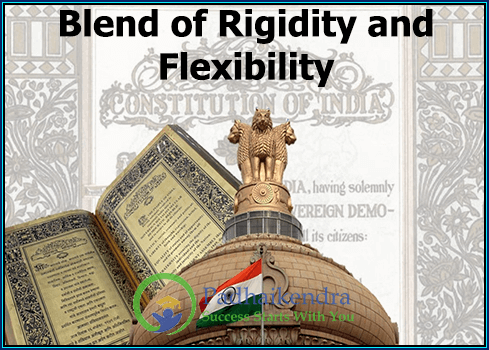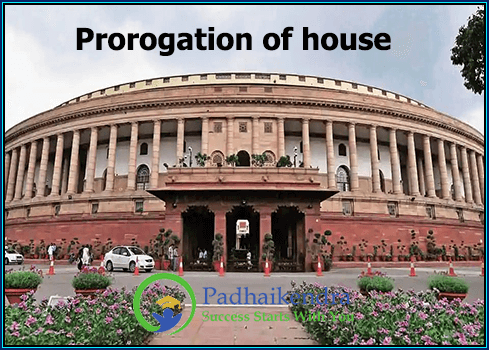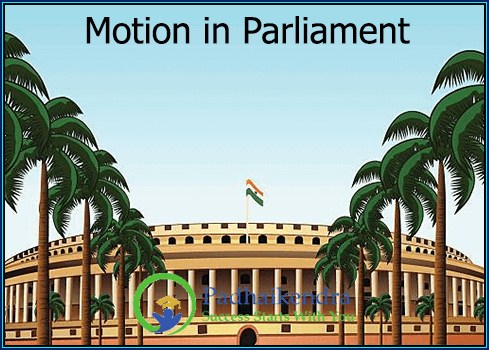The Indian Constitution is often praised for being a unique blend of rigidity and flexibility. This means that while certain provisions of the Constitution are considered to be rigid and difficult to amend, others are flexible and allow for changes to be made as required by the changing times.
The rigidity of the Indian Constitution is evident in the fact that certain provisions, such as the fundamental rights and the basic structure of the Constitution, are considered to be unamendable. These provisions can only be amended through a special procedure that requires a two-thirds majority of both the Houses of Parliament and ratification by at least half of the state legislatures.
On the other hand, the Constitution also has provisions that allow for flexibility and adaptation to changing circumstances. For example, the Constitution provides for the creation of new states or alteration of state boundaries, and it also allows for the amendment of other provisions through a simpler process that requires a simple majority of both Houses of Parliament.
Furthermore, the Constitution also has provisions that allow for the interpretation of its provisions in light of changing circumstances. The judiciary, particularly the Supreme Court, has the power to interpret the Constitution and to apply it to new situations and circumstances.
Overall, the blend of rigidity and flexibility in the Indian Constitution ensures that while certain fundamental principles and values are protected, the Constitution can also adapt to changing circumstances and meet the evolving needs of society.





